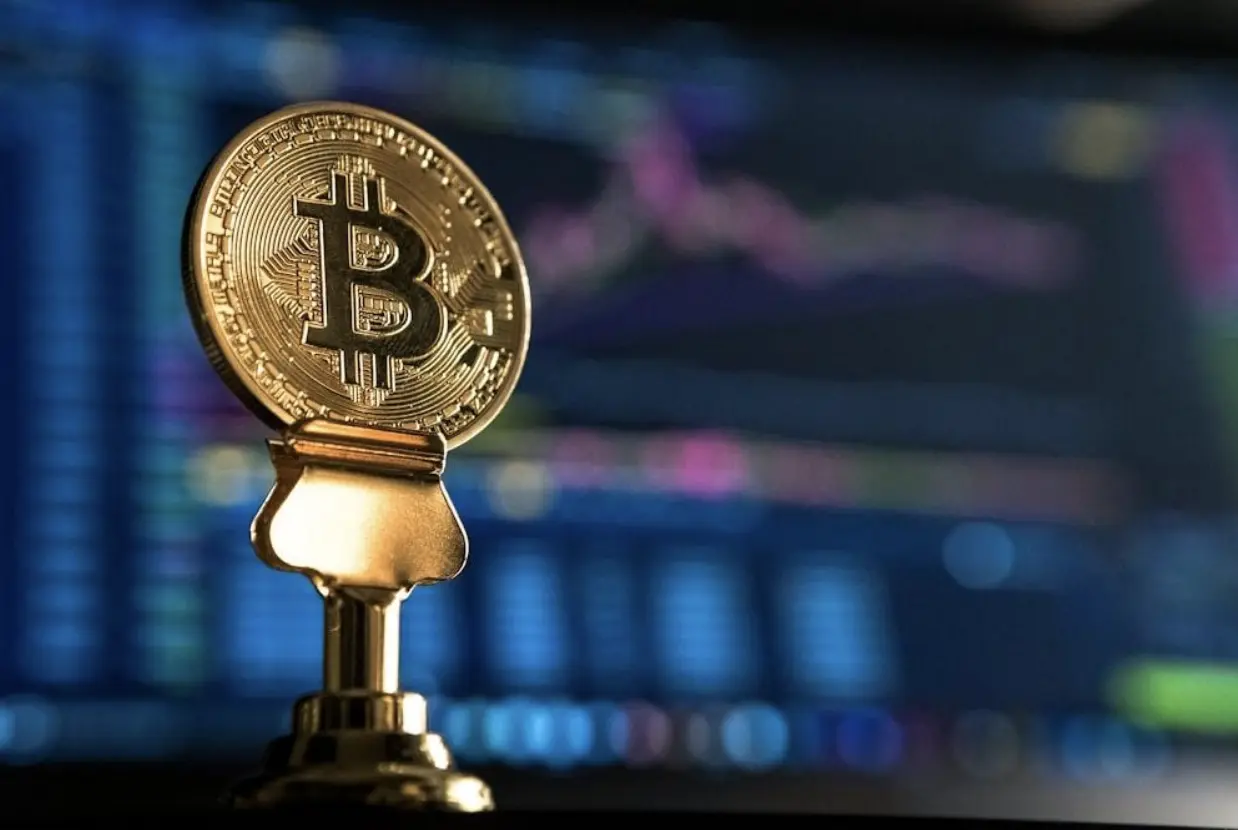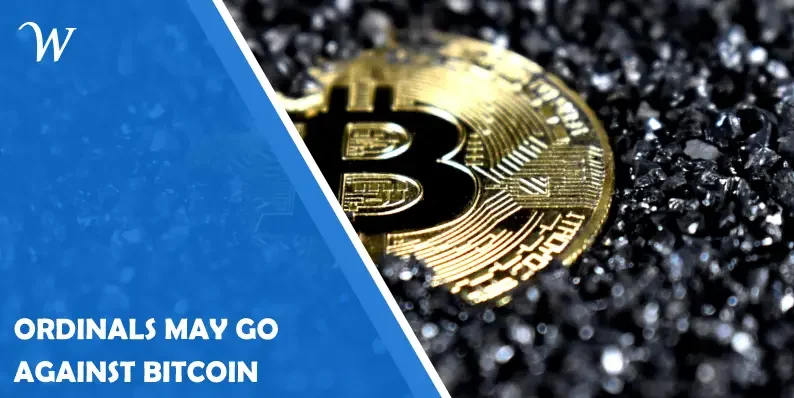Ordinals may go against Bitcoin’s design principles, but they help miners adapt to post-halving economics
The emergence of Ordinals has made it possible for the Bitcoin network to see an influx of significant developments, thus unblocking BTC for DeFi—something that was once unimaginable. This has opened the door to new possibilities for a network that was once known for its simplicity. Thanks to Ordinals, the Bitcoin network has seen over $438 million in fees for miners, ensuring the network’s health.
Simply put, the Ordinals protocol is a framework that enables the creation and authentication of BTC NFTs, which have unique characteristics that make them indivisible. They represent a major innovation expanded upon with the introduction of BRC-20 tokens, which allowed tokenized assets to be built on Bitcoin. Before this development, DeFi on Bitcoin was considered impossible, and now, not only is it possible, but it also creates many possibilities. Ordinals are gaining more and more supporters because they are considered to play a massive role in making Bitcoin more sustainable. If you want to get started with Bitcoin NFTs, be sure to use a reliable platform like ordinals marketplace on Magic Eden, because this will ensure that you have a smooth experience.

Image source: https://unsplash.com/photos/selective-focus-photo-of-bitcoin-near-monitor-JrjhtBJ-pGU
Making the most of Bitcoin’s functionality
Introducing more complex products to the network wasn’t necessarily perceived as a good thing by everyone because they use up more block space, leading to competition for this space and, thus, increasing transaction fees (but as we’ll show later in the article, things aren’t black and white, and the increased fees actually have a positive impact). In May 2023, during the initial Ordinals craze, transaction fees translated into 43% of the total income per block, while later in the same year, the demand for Ordinals spiked again and led to a spike of fees that accounted for $37 on individual transactions. New token standards, like Runes, are set to challenge the dominance of BRC-20s, introducing more efficient tokenization options for Bitcoin and kickstarting a new maturity phase for the ecosystem. These will be launched during the Bitcoin halving, which is scheduled for April 20. This growth is linked with the launch of native dApps and the investment of major crypto exchanges in BTCFI assets (such as the debut of Bioniq – a platform that enables Ordinals trading), as well as inscription services.
The approval of Bitcoin ETFs is also a major development that augments the halving cycle of this year. Not only has this development increased institutional acceptance, but it’s also estimated that ETFs could see upwards of 2220 billion in three years from now and that this major success will likely result in the launch of new funds in the future. Ultimately, this translates into an increase in capital, which will not only have a positive impact on the spot market price of BTC but will also enhance competition over block space and, therefore, fees.
How the Ordinals can benefit Bitcoin miners post-halving
Bitcoin NFTs have a tremendous advantage on the security budget of Bitcoin. The development of Ordinals drives up transaction fees, incentivizing miners to ensure the network’s security, while the revenue that miners receive will decrease with each halving event. The Bitcoin halving happens every four years, and because of its effect on the mining reward, it has turned into a race for miners who fight to survive in this new landscape. A decrease in block rewards and the challenges regarding mining will naturally put miners into a tense position, and because of this, they have started to prepare for the major change early on by selling off their coins and increasing capital in 2023’s last quarter. The purpose of this action was to build liquidity.
Moreover, over the past years, major publicly traded mining organizations from North American have increased their dominance successfully by receiving funding from retail investors. But this year, miners could have more advantages, regardless of where they are located, as they have more funding options available that could help them improve their operations. They can use a marketplace that connects miners to retail investors who look for BTC at a lower price. This action would benefit both parties: regarding the supply side, Bitcoin miners offer future hash rates, while retail investors can provide liquidity on the demand side.
Thanks to the Ordinals, Bitcoin miners could find a silver lining during these challenging times, as the transaction fees associated with the Ordinals activity represent a huge revenue opportunity for them – in fact, miners have received over $200 million in transaction fees from the Ordinals. What’s more, about 20% of their current revenue comes from transactions linked to ordinals. It is evident that Ordinals have driven a renaissance in innovation on Bitcoin, and things could only get better from here.
These new projects are fueling positive momentum—according to trading volume data, ordinals are surpassing Ethereum NFTs, which is only a testament to Bitcoin’s advantages over other blockchains. Bitcoin’s security and decentralization, as well as its large user base, make it unique and set it up for success when it comes to mainstream adoption.
Looking ahead: Post-halving implications of all the developments in the Bitcoin ecosystem
The Bitcoin ecosystem is undergoing major transformations and undoubtedly, they will further contribute to the long-term growth of the network. Since transaction fees will eventually be the only compensation that miners will receive for their activity, they need to thrive over time because the entire network depends on them. And, given the impact of the Ordinals, things look brighter for miners. Moreover, the upcoming halving ( and the ones that will happen in the future) creates incentives for more development in the ecosystem and for building on top of the current infrastructure of Bitcoin. Although at first glance, it could be believed that reducing rewards is a negative and scary thing, that’s not really the case because it can actually make the network healthier in the long run while also ensuring its diversity.
All in all, as block rewards shrink, the ecosystem will likely continue to expand, meaning that Satoshi’s vision of a decentralized asset will soon become a reality. Fortunately, it isn’t too long before the Bitcoin community finds out how all these developments will impact the network, so be sure to stay up-to-date with the latest news.
Where Should We Send
Your WordPress Deals & Discounts?
Subscribe to Our Newsletter and Get Your First Deal Delivered Instant to Your Email Inbox.



